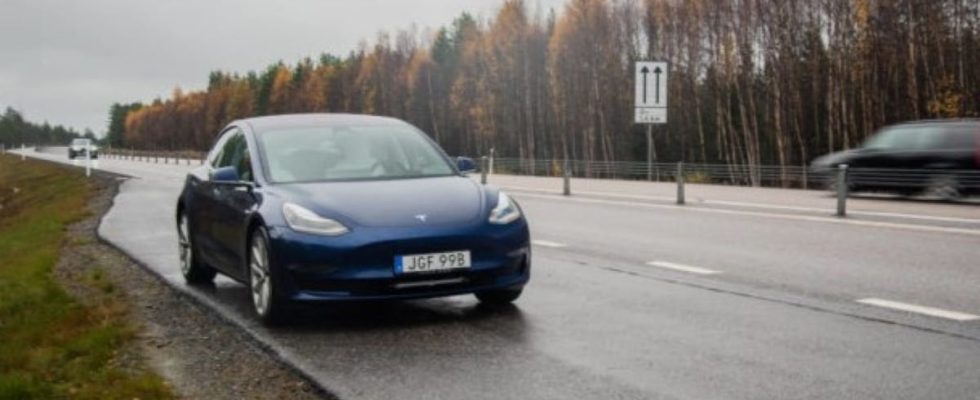In 2023 jerked ADAC roadside assistance around 3.5 million times, and you thus have a lot of data on which cars tend to break down and what the most common faults are.
In 2023, the number of electric cars needing help was more than ever, but this is mainly explained by higher general traffic volume and a higher proportion of electric cars on the roads.
Read also: Summer tires and snow chaos: Then the drivers got free bus tickets
Is the risk of being stranded greater with an electric car?
To find out which car models are the most reliable, ADAC has evaluated the number of breakdowns of 156 different car models manufactured from 2014 to 2021.
The results show that the risk of being left on the side of the road with an electric car is less than with a fossil car. The electric cars registered in 2020 had 1.9 fewer breakdowns than fossil cars per 1,000 registered vehicles. The corresponding figure for 2021 was 3.6 fewer breakdowns.
One of the reasons given for EVs being more reliable is that they are simply simpler in design, with fewer parts to break.
Read also: That’s how cheap electric cars from China really are – sick margins
Most common fault in electric cars
Although electric cars are left on the side of the road less often than fossil cars, they are not immune to problems.
The most common reason for an electric car to be left on the side of the road is battery problems, but not with the battery that you might imagine.
It’s not that the electric car drivers forget to charge the large battery that powers the car, but rather that the small 12 volt starter battery – of the same type as in an internal combustion car – has too low a voltage. When this happens the car cannot start.
Read also: Petrol cheaper now than 10 years ago – but the bus is getting more expensive
This is how you avoid the most common mistake
Problems with the 12-volt battery are also the most common reason why fossil-fuel cars remain stationary, and the problem is not as big with electric cars as with fossil-fuel cars.
However, guarding against problems with the 12-volt battery is relatively easy, advises ADAC.
The first thing to be aware of is that a battery usually lasts for five to six years, and can be discharged by using many power-consuming functions while the car is switched off and the battery is not charging. This also applies in an electric car.
If the car is stationary for longer periods or if it is mostly used for shorter journeys, which put more wear and tear on the battery, it is recommended to maintenance charge the battery.
This can either be done with a battery charger, or by regularly making longer journeys with the car.
Read also: EU inspectors see transition to electric cars – can damage the economy
